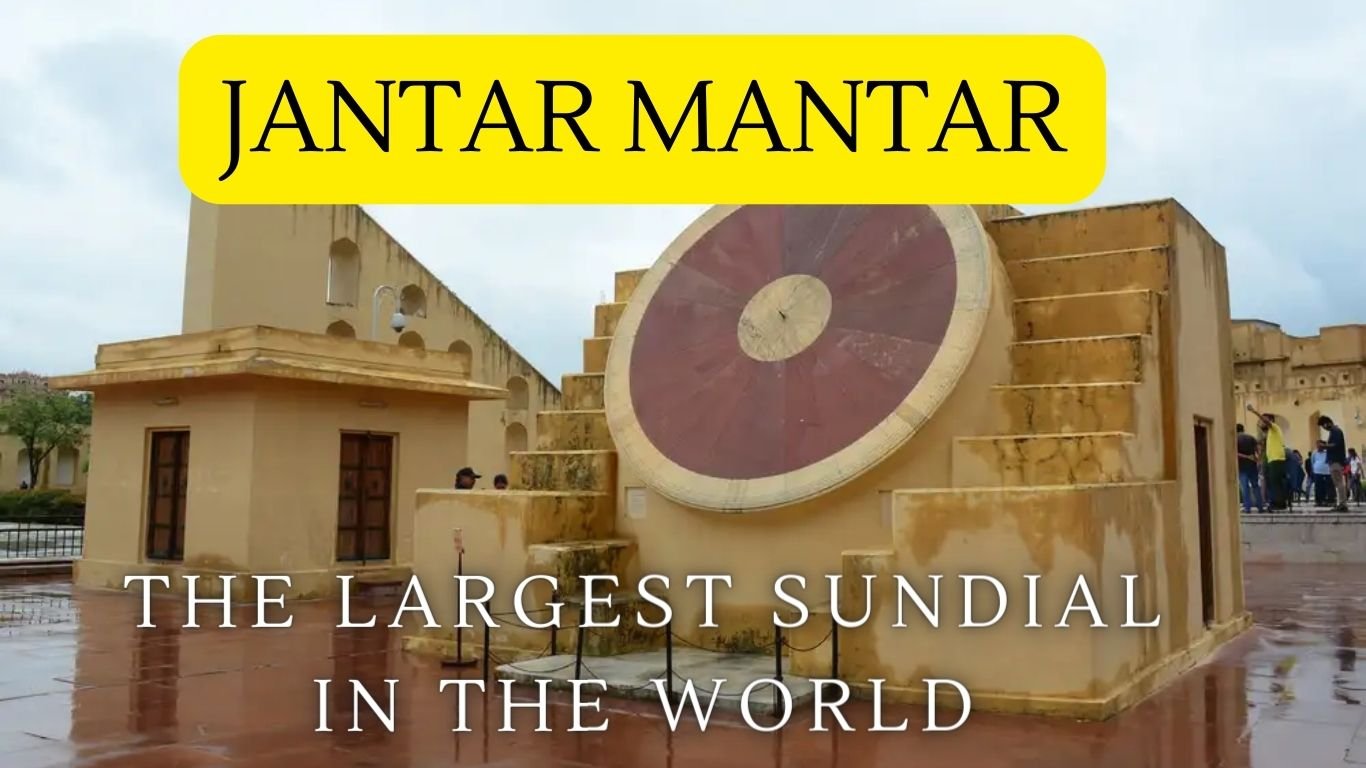In India there are around two million temples in which Hindus pray to their respective deities. There are some hindu temples in India which are ancient and their construction remains a mystery. One of such temples is Kailasa Temple of Ellora, Maharashtra. It is the largest of the rock-cut Hindu temples at the Ellora Caves. It is mysterious because no one knows how the architects of that time built such a big structure from a single stone. They built it with only a chisel and hammer.
Did You know ?
This temple is constructed from a single stone.
It is considered one of the most remarkable cave temples in the world because of its size, architecture and sculptural treatment.
Legend behind this Rock-cut Structure

A medieval Marathi legend appears to refer to the construction of the Kailasa temple. The earliest extant text to mention this legend is Katha-Kalapataru by Krishna Yajnavalki (c. 1470-1535 CE). According to this legend, the local king suffered from a severe disease. His queen prayed to the god Ghrishneshwar (Shiva) at Belapur to cure her husband. She vowed to construct a temple if her wish was granted, and promised to observe a fast until she could see the shikhara (top) of this temple. After the king was cured, she requested him to build a temple immediately, but multiple architects declared that it would take months to build a temple complete with a shikhara.
One architect named Kokasa assured the king that the queen would be able to see the shikhara of a temple within a week’s time. He started building the temple from the top, by carving a rock. He was able to finish the shikhara within a week’s time, enabling the queen to give up her fast. The temple was named Manikeshwar after the queen.
Beautiful Architecture of Kailasa Temple

The Kailasa temple architecture is different from the earlier style prevalent in the Deccan region. The indigenous Deccan artisans appear to have played a subordinate role in the temple’s construction.
The entrance to the temple courtyard features a low gopuram. Most of the deities at the left of the entrance are affiliated with Shiva while on the right hand side the deities are affiliated with Vishnu. A two-storeyed gateway opens to reveal a U-shaped courtyard. The dimensions of the courtyard are 82 m x 46 m at the base. The courtyard is edged by a columned arcade three stories high. The arcades are punctuated by huge sculpted panels, and alcoves containing enormous sculptures of a variety of deities. Originally flying bridges of stone connected these galleries to central temple structures, but these have fallen. Some of the most famous sculptures are Shiva the ascetic, Shiva the dancer, Shiva being warned by Parvati about the demon Ravana, and river goddess.
Within the courtyard, there is a central shrine dedicated to Shiva, and an image of his mount Nandi. The central shrine housing the lingam features a flat-roofed mandapa supported by 16 pillars, and a Dravidian shikhara. The shrine – complete with pillars, windows, inner and outer rooms, gathering halls, and an enormous stone lingam at its heart – is carved with niches, plasters, windows as well as images of deities, mithunas (erotic male and female figures) and other figures.
As is traditional in Shiva temples, Nandi sits on a porch in front of the central temple. The Nandi mandapa and main Shiva temple are each about 7 meters high, and built on two storeys. The lower stories of the Nandi Mandapa are both solid structures, decorated with elaborate illustrative carvings. The base of the temple has been carved to suggest that elephants are holding the structure aloft. A rock bridge connects the Nandi Mandapa to the porch of the temple. The base of the temple hall features scenes from Mahabharata and Ramayana.
References From :- https://en.wikipedia.org/wiki/Kailasa_Temple,_Ellora




